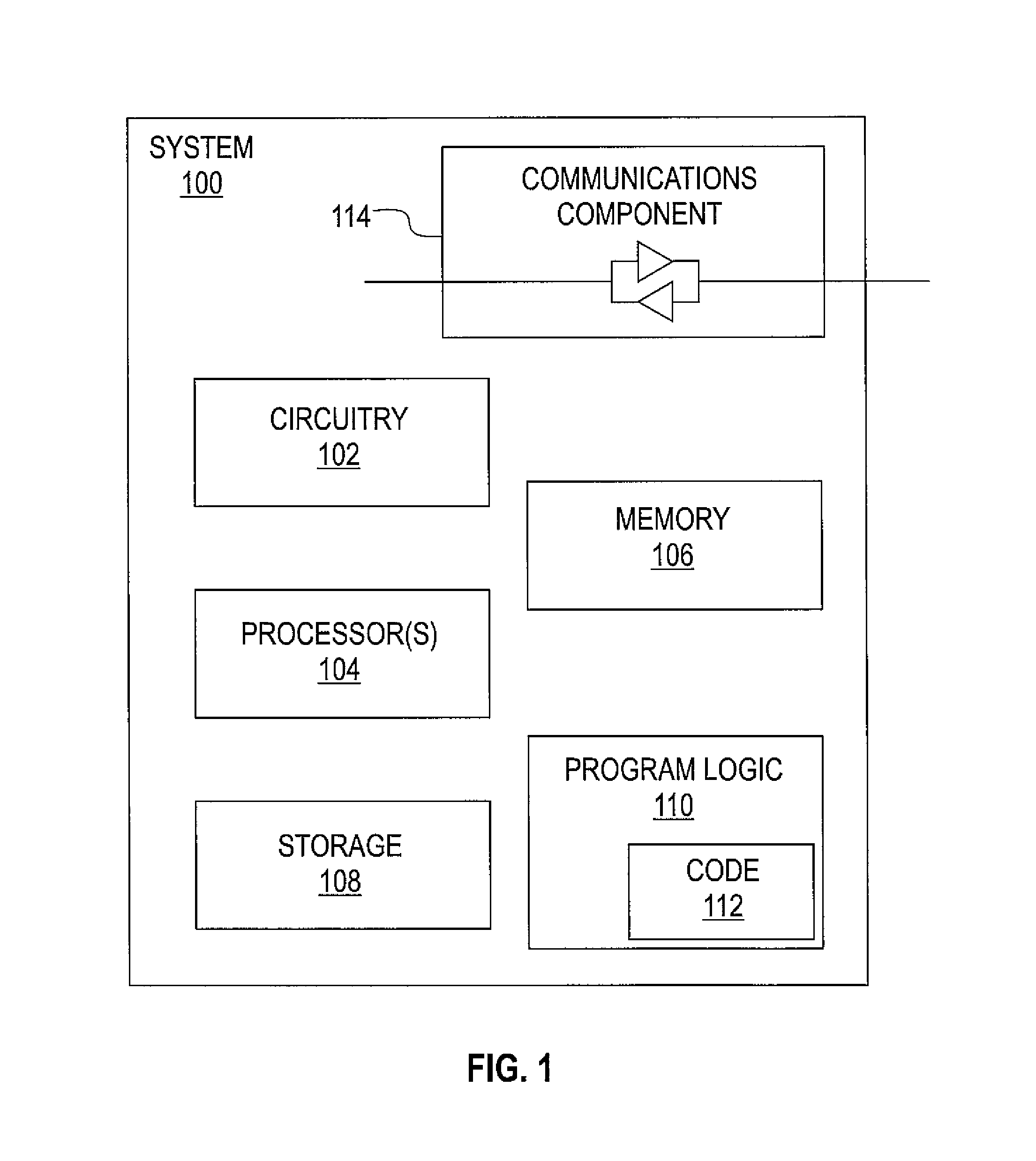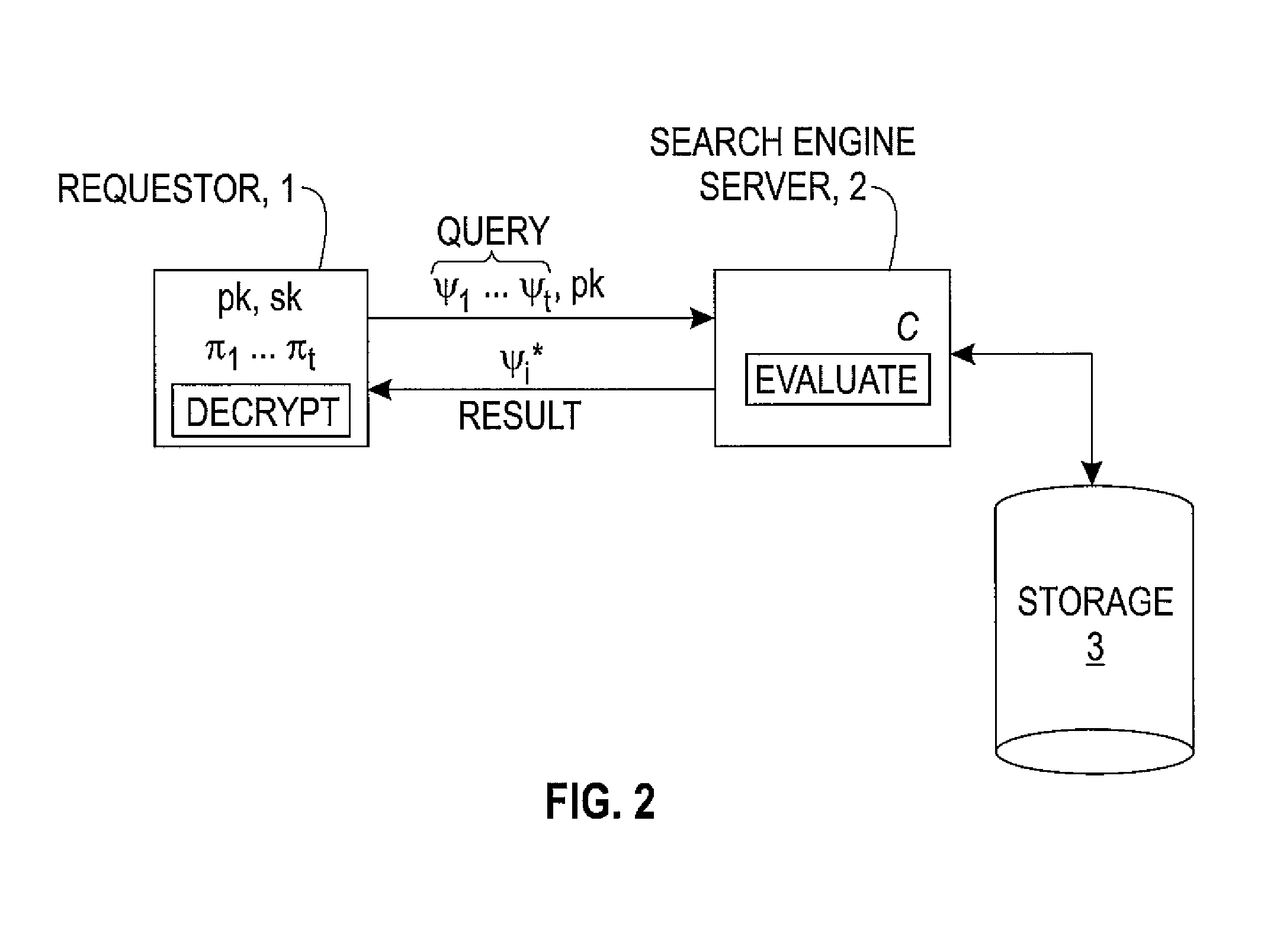Fully homomorphic encryption
a technology of homomorphic encryption and encryption scheme, applied in the field of homomorphic encryption scheme, algorithms and apparatus, can solve the problems of insecure attempts at constructing so-called “fully homomorphic” encryption, and the difficulty of supporting both at the same time, so as to and reduce the noise level of the third ciphertext
- Summary
- Abstract
- Description
- Claims
- Application Information
AI Technical Summary
Benefits of technology
Problems solved by technology
Method used
Image
Examples
Embodiment Construction
1 Introduction
[0016]1.1 Fully Homomorphic Encryption
[0017]A fully homomorphic encryption scheme may be considered as one that allows the computation of arbitrary functions over encrypted data without requiring the use of a decryption key.
[0018]There has existed an open problem of constructing a fully homomorphic encryption scheme. This notion, originally called a privacy homomorphism, was introduced by Rivest, Adleman and Dertouzous (R. Rivest, L. Adleman, and M. Dertouzous. On data banks and privacy homomorphisms. In Foundations of Secure Computation, pages 169-180, 1978) shortly after the development of RSA by Rivest, Shamir, and Adleman (R. Rivest, A. Shamir, and L. Adleman. A method for obtaining digital signatures and public-key cryptosystems. In Comm. of the ACM, 21:2, pages 120-126, 1978). Basic RSA is a multiplicatively homomorphic encryption scheme, i.e., given RSA public key pk=(N,e) and ciphertexts {ψi←πie mod N}, one can efficiently compute Πiψi=(Πiπi)e mod N, a cipherte...
PUM
 Login to View More
Login to View More Abstract
Description
Claims
Application Information
 Login to View More
Login to View More - R&D
- Intellectual Property
- Life Sciences
- Materials
- Tech Scout
- Unparalleled Data Quality
- Higher Quality Content
- 60% Fewer Hallucinations
Browse by: Latest US Patents, China's latest patents, Technical Efficacy Thesaurus, Application Domain, Technology Topic, Popular Technical Reports.
© 2025 PatSnap. All rights reserved.Legal|Privacy policy|Modern Slavery Act Transparency Statement|Sitemap|About US| Contact US: help@patsnap.com



